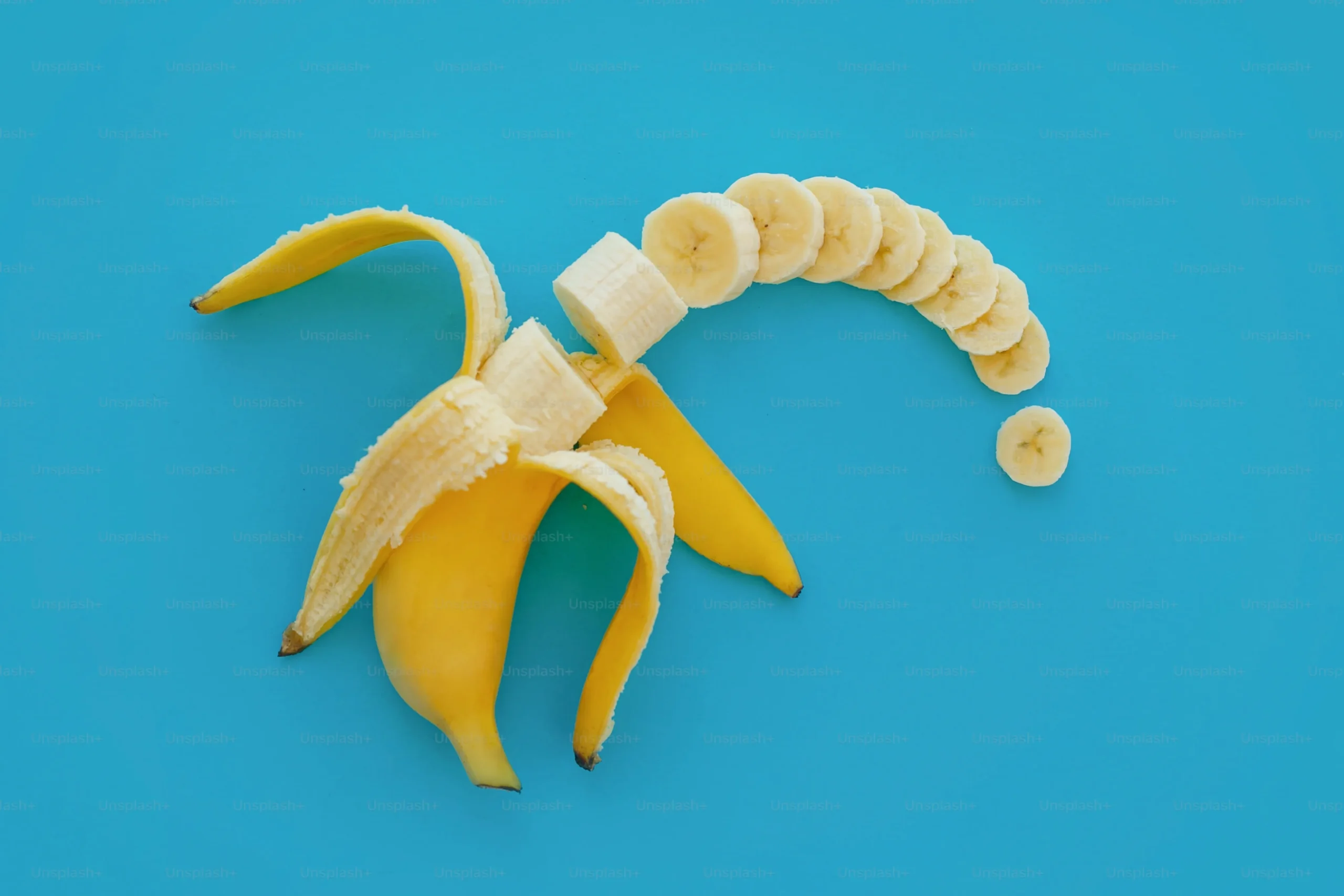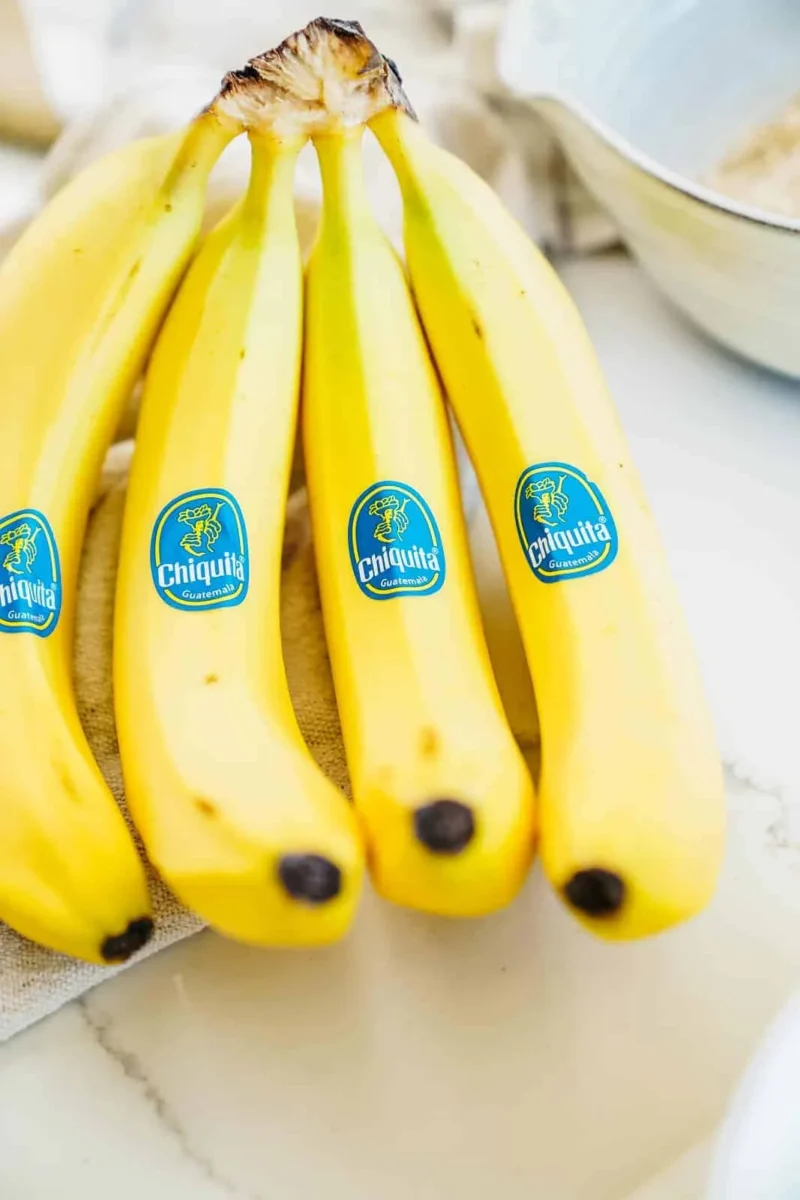The Science Behind Why Bananas Are Yellow: A Fascinating History and Chemistry Lesson
Bananas are a beloved fruit all around the world, and their yellow color is what makes them easily recognizable. But have you ever stopped to wonder why bananas are yellow in the first place? In this article, we will dive into the interesting history and science behind this phenomenon, exploring topics such as the evolution of bananas and how they became the fruit we know today. We will also examine the chemistry behind the yellow color of bananas and why it affects the fruit’s ripeness and flavor. Additionally, we will share some fascinating lesser-known facts about banana color that are sure to surprise and delight you. If you’re curious about why bananas are yellow and want to learn more, then keep reading!
What is the history of bananas?
Bananas, with their distinctive shape and sweet taste, have been enjoyed by humans for thousands of years. The history of bananas dates back to ancient civilizations in Southeast Asia and the Pacific Islands.
Throughout history, bananas have played a significant role in human diets and cultures. In ancient times, they were highly valued for their nutritional value and portability. They were also used in religious ceremonies and as symbols of fertility.

Bananas eventually made their way to Europe through trade routes established during the age of exploration. However, they were considered a luxury item due to their high cost and limited availability.
It wasn’t until the 19th century that bananas became more widely available thanks to advancements in transportation technology. Mass production techniques were also developed during this time period which allowed for cheaper production costs and increased accessibility.
Today, bananas are one of the most popular fruits worldwide with millions being consumed each day. They continue to be an important part of many cultures around the world and are enjoyed both raw or cooked in a variety of dishes.
In conclusion, understanding the rich history of bananas can provide insight into how they became such an integral part of our lives today. From ancient civilizations to modern societies, this fruit has had a significant impact on human culture and will likely continue to do so for many years to come.
The science behind why bananas are yellow is fascinating.
The vibrant yellow color of bananas is not just a random coincidence – it is actually a result of complex biochemical processes that occur during the fruit’s development.
Bananas begin their journey as green, unripe fruit. As they mature, they undergo a process called chlorophyll breakdown, which causes the green pigments in the fruit to break down and fade away. At the same time, carotenoids – natural plant pigments that give fruits and vegetables their bright colors – begin to accumulate in the banana’s flesh.
The specific type of carotenoid responsible for bananas’ yellow hue is called xanthophyll. Xanthophylls are found in many other yellow or orange fruits and vegetables, such as corn and carrots.
Interestingly, not all bananas turn completely yellow when ripe. Some varieties may have spots or patches of green on them even when fully matured. This can be due to variations in genetics or growing conditions.
In addition to being visually appealing, the bright color of bananas also serves an important purpose: it signals ripeness and sweetness to potential consumers. This is why most grocery stores only sell fully-yellow bananas rather than green ones.
Overall, understanding the science behind why bananas are yellow adds another layer of appreciation for this delicious and nutritious fruit.
Other interesting facts about the color of bananas.

Did you know that the color of a banana actually indicates its ripeness and sweetness level? As bananas ripen, they go from green to yellow to brown, with each stage indicating a different flavor profile.
A green banana is not yet ripe and will have a starchy texture with a slightly sour taste. As it begins to turn yellow, the starches start converting to sugar, resulting in a sweeter taste. A fully ripe yellow banana will be soft and sweet with brown spots appearing on the peel. And if you’re someone who loves super-sweet bananas, wait until the peel turns completely brown before indulging – this is when the fruit has reached its peak sweetness.
But did you also know that different varieties of bananas can have different colors? There are red bananas (which have pinkish-red flesh), blue java bananas (which have a blue-ish tinted peel), and even purple-skinned bananas (which still have white flesh like their yellow counterparts).
Banana colors can also be affected by external factors such as temperature and humidity levels during growth. In fact, some farmers use “banana ripening rooms” where they control these factors in order to speed up or slow down the ripening process for commercial purposes.
So next time you grab a bunch of bananas at your local grocery store or farmer’s market, take note of their color – it may reveal more about them than you think!
How does the color of a banana affect its ripeness and flavor?
Bananas are a staple fruit in many households, but did you know that the color of your banana can affect its ripeness and flavor? As bananas ripen, their starches break down into sugars, giving them a sweeter taste. However, the amount of time it takes for a banana to reach peak ripeness can vary depending on its color.

A green or yellow banana will have less sugar content and a firmer texture compared to a brown-spotted banana. This is because as the banana ripens, enzymes start to break down the starches into simple sugars like fructose and glucose. These simple sugars give ripe bananas their characteristic sweet taste and soft texture.
But why does the color of the banana matter? It all comes down to ethylene gas production. Bananas produce ethylene gas naturally as they ripen. The more mature a fruit is, the more ethylene gas it produces. A green or yellow banana will produce less ethylene gas than a ripe one with brown spots.
So what does this mean for your eating experience? If you prefer firmer bananas with less sweetness, opt for those that are still green or slightly yellow in color. On the other hand, if you’re looking for that classic sweet flavor and soft texture of a perfectly ripe banana, go for those with brown spots.
In conclusion, understanding how banana color affects its ripeness and flavor can help you choose the perfect fruit for your taste preferences. Whether you like them firm or sweet and mushy – there’s always an option available!
Check out our other articles to find out even more about banana.
With so many interesting facts and theories behind the color of bananas, it’s no wonder why people have been wondering about them for centuries. From the science to the history and even how it affects ripeness and flavor, exploring all of these unique aspects surrounding banana hue can be an extremely rewarding endeavor! If you’re looking to learn more about bananas, check out our other articles to find out even more!











